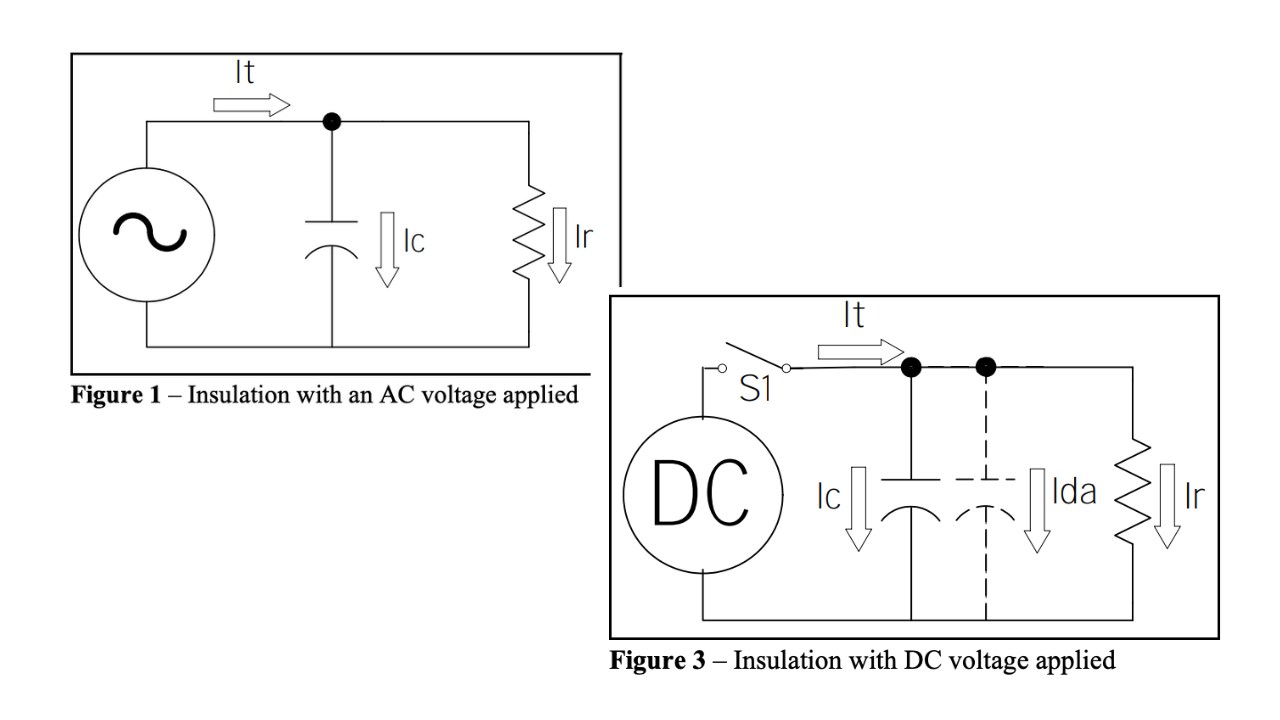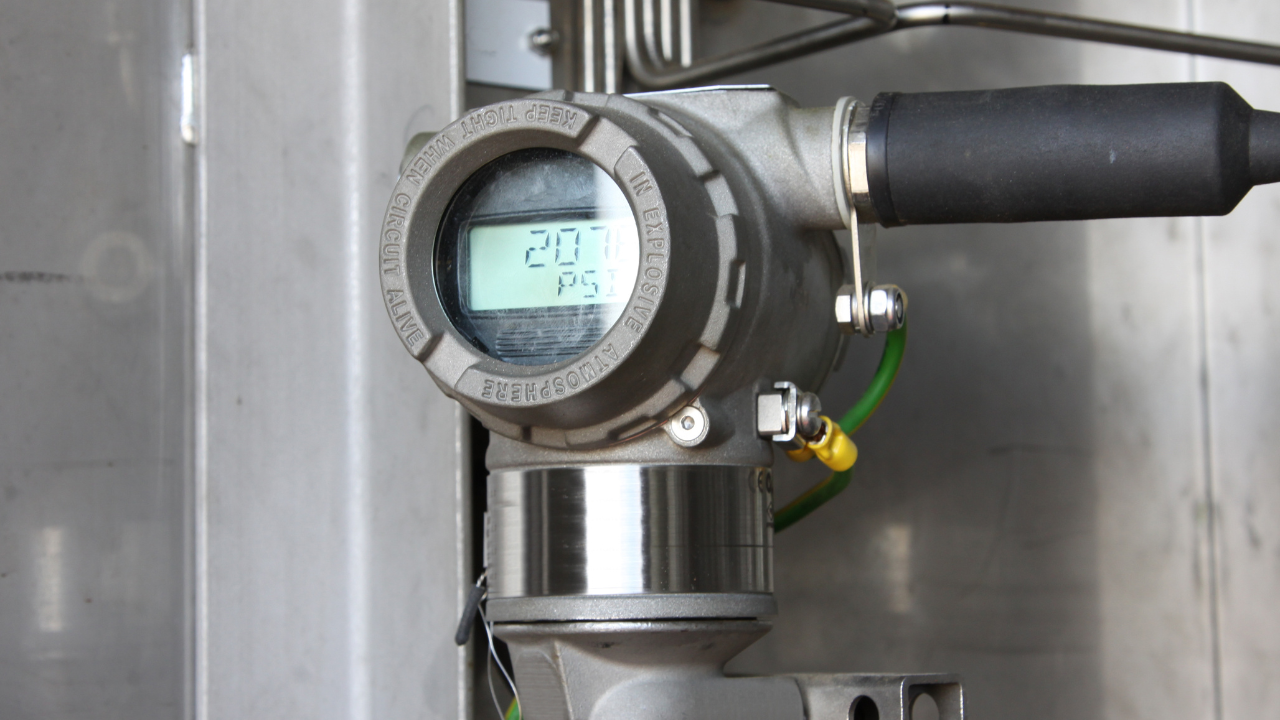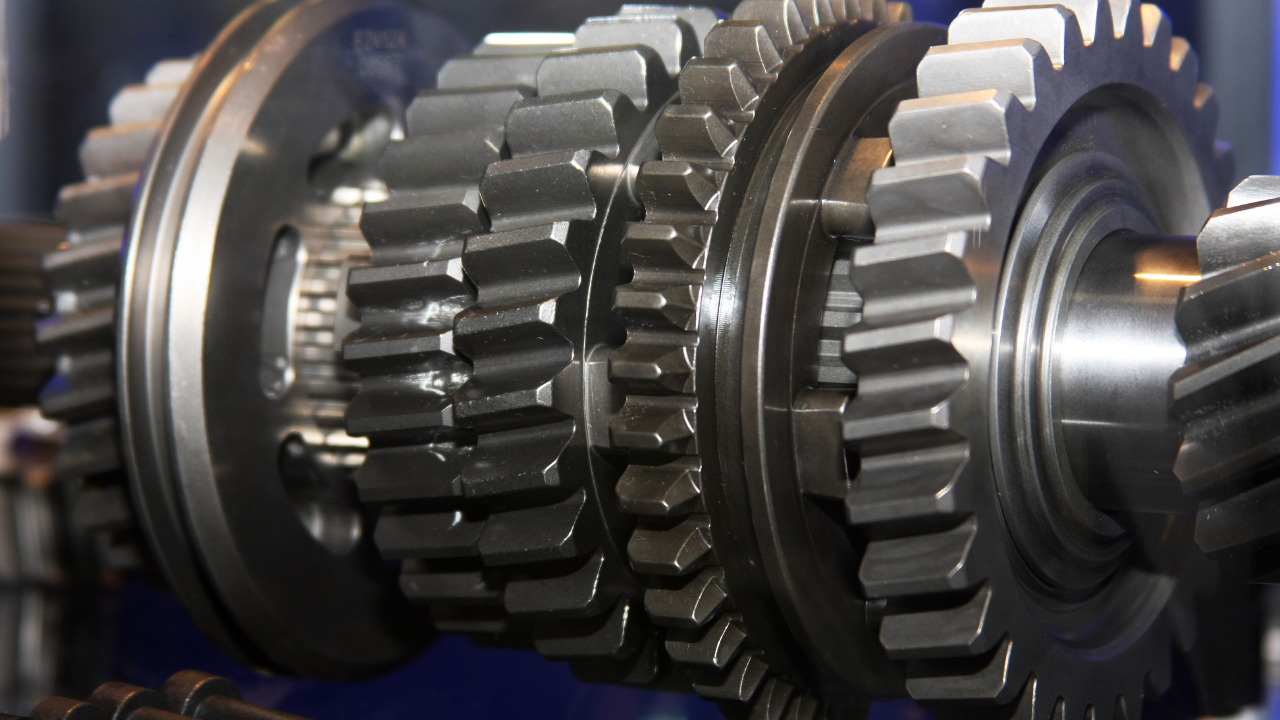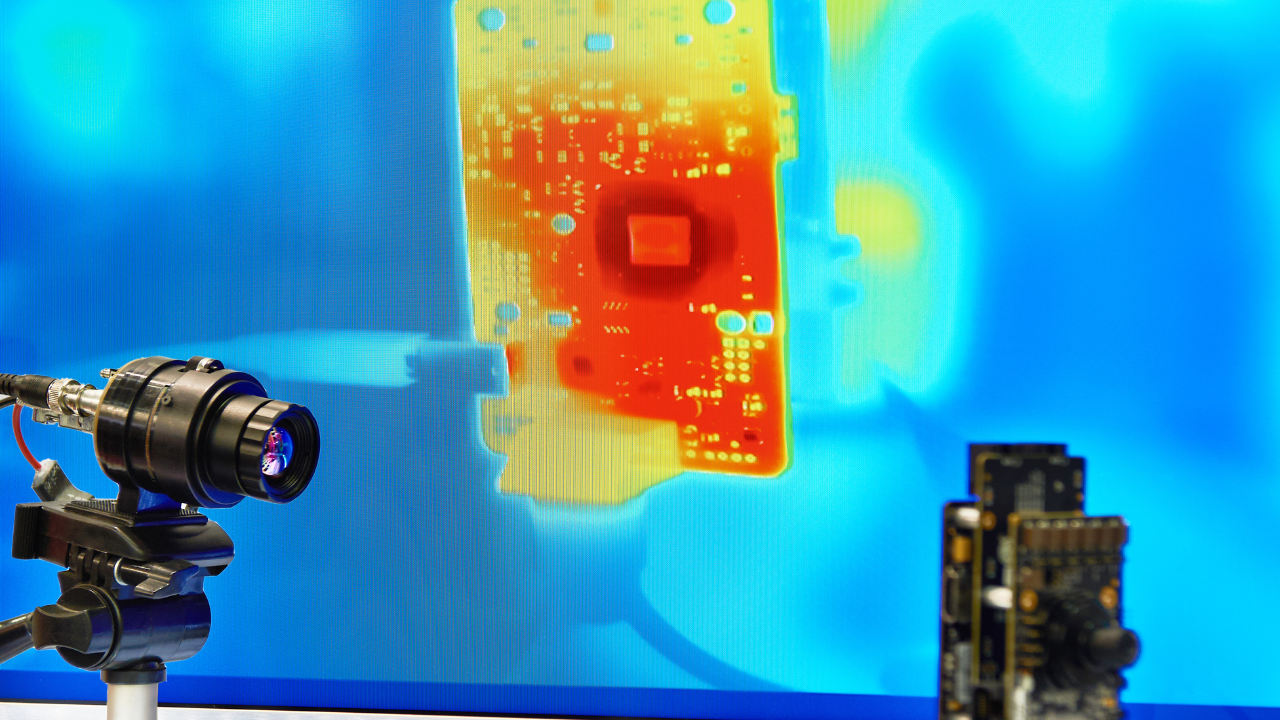Ultrasonic Testing: Heeding the Screams of Sick Machines
John Holusha, The New York Times
The human ear can’t pick up the wails — but ultrasound can.
Before bearings, valves and other mechanical parts fail, they usually scream for help. But their piercing wails usually fall on deaf ears because the sound frequencies are far too high for humans to hear. No wonder deteriorating components may go undetected until they break down completely. Traditionally, the way around such calamities has been preventive maintenance, the practice of replacing components on a schedule derived from experience and intuition. This method, unfortunately, means that some parts get replaced before their useful lives run out, while others defy the actuaries and die too young.
Now, however, a variety of tools using ultrasonic technology—ultrasound, as it is commonly known—are helping companies in a wide range of industries avoid wasteful replacements or costly breakdowns.
The technology is especially useful in continuous-process industries like oil refineries, chemical plants, food processing operations and utilities, where plants run around the clock and a bad bearing in a pump or a locked valve can bring complex operations to an expensive standstill.
Medical ultrasound machines produce pictures of fetuses in the womb and other internal images by emitting pulses of high frequency sound and then mapping the echoes.
But most industrial ultrasonic detectors simply listen. Technicians can thus monitor equipment while it is still running, keeping an ear out for the high-pitched tell-tales of trouble in the making. That way, maintenance shutdowns can be better scheduled and only parts with problems need be replaced, both of which, obviously, reduce costs.
Among the growing number of makers of these ultrasonic industrial detection tools is UE Systems Inc., a privately held company in Elmsford, NY. Unlike many of its several-dozen competitors, UE Systems is a specialist; the company’s executives soon hope to cross the $10 million-a-year sales threshold.
The best human ears can generally hear noises in the range from 20 hertz, or cycles per second, which is roughly equivalent to the bass rumblings of an idling motor boat, to about 20,000 hertz—a fingernail-on-the chalkboard screech that can make the skin crawl.
The detectors made by UE Systems start at approximately chalkboard pitch and can work upward to sounds as high as 100,000 hertz.
The ultrasound detectors UE Systems is producing are basically a sophisticated version of the stethoscopes, or even the screwdrivers held to the ear, that mechanics have long used to try to “hear” what is going on in operating machinery.
The longer wavelengths of lower-pitched sounds can easily penetrate solid materials, which is why a person can hear a neighbor’s boombox despite walls and closed windows, and why rumbling sounds from a sick machine can be heard with out special equipment. But higher frequency sounds, far less able to penetrate solid materials, remain bottled up at the source. That requires special detection methods but can also make the trouble easier to pinpoint.
UE’s principal ultrasonic detector, the Ultraprobe 2000, is a battery powered, pistol-shaped device that weighs about two pounds. It contains circuitry that translates the high-pitched ultrasounds to ones in the human hearing range that are fed into a set of headphones worn by the operator. There is also a meter on the back of the detector that displays the frequency of the sound waves.
Technicians start their predictive maintenance routine by establishing the sound patterns of properly operating parts. Typically they put a spot of paint or a punch-mark on the housing of each component so they are measuring from the same point each time they apply the metal probe that conducts the sound waves. Then, if the sound changes, it is an indication that something is physically changing unseen inside the device. In bearings, the sounds typically get shriller as the interior pieces wear.
Another use is detecting faulty steam traps in power plants and other industrial systems that use high-pressure steam pipes. The traps are still vaporous steam. But when they malfunction, live steam can escape as well, wasting energy and requiring the use of extra fuel. Ultrasonic testing can detect internally leaking steam traps; indeed, one manufacturer of traps has sent out audio tapes of traps in various states of malfunction so maintenance crews can quickly learn what kinds of sounds are healthy and which are not.
Ultrasonic sensors are also used to check for gas leaks in airplanes and pressurized industrial equipment and to insure the watertight integrity of storage tanks and the door and window seals of automobiles. For these applications, the metal probe is replaced with a microphone that is so sensitive that on maximum setting it can easily record the sound of an eye blinking several feet away. (A blink creates a popping sound, caused by the breaking of the seal formed by the fluid that bathes the eye.)
When a pressurized gas escapes from a hole in a container or the fuselage of an aircraft, it boils out in a turbulent rush that generates a characteristic sound. The detector does not have to touch the leak; it can sense it remotely. Since the signal gets stronger the closer it gets to the site of the leak, the instrument can follow the sound to the location of the hole.
The sensitivity of the instruments can be adjusted to seek out particular sounds. In testing a quartz watch with a mechanically operated second hand, at a setting of 32,000 hertz, for example, only the humming of the crystal would be heard. But at 90,000 hertz, the one detected sound would be the click of the mechanism used to drive the second hand. At an intermediate setting, both frequencies could be heard.
Although ultrasound does not easily penetrate solid materials, it will squirt through the tiniest of gaps. This property is useful in testing things, like cars, where it would be inconvenient to pressurize the interior to test for water-tightness. Instead, a small ultrasound generator is placed inside the car, where it gives off a distinctive warbling sound. The detector is then used to sweep the exterior to see if and where any of the ultrasound is escaping. Sound leaking out means it is likely that water could leak in during a rainstorm, and so the technician knows that the seals need repair.
Another use for ultrasonic microphones is detecting electrical leaks from high-voltage power lines.
Electricity flashing over insulators makes a crackling sound that can be picked up even where there is no visible arcing. The company has developed a parabolic receiver to help focus sounds being emitted from power cables on towers high above the ground.
The cost of a UE Systems ultrasound detector ranges from $1,500 to about $6,000 depending on the options selected. A typical kit, with a metal probe, acoustical pickup and other accessories, costs about $5,000.
Is the Silent Killer affecting your machines? Click here to read more about the Keys to Solving Fatigue.
Related Articles

Principles of Insulation Testing

Top Tips for Selecting Pressure Measurement Transmitters

Gearbox Diagnostics Fault Detection

What is Vibration?

Why Record? Infrared Video

What You Should Know Before you Buy – A Guide to Buying an Infrared Camera




